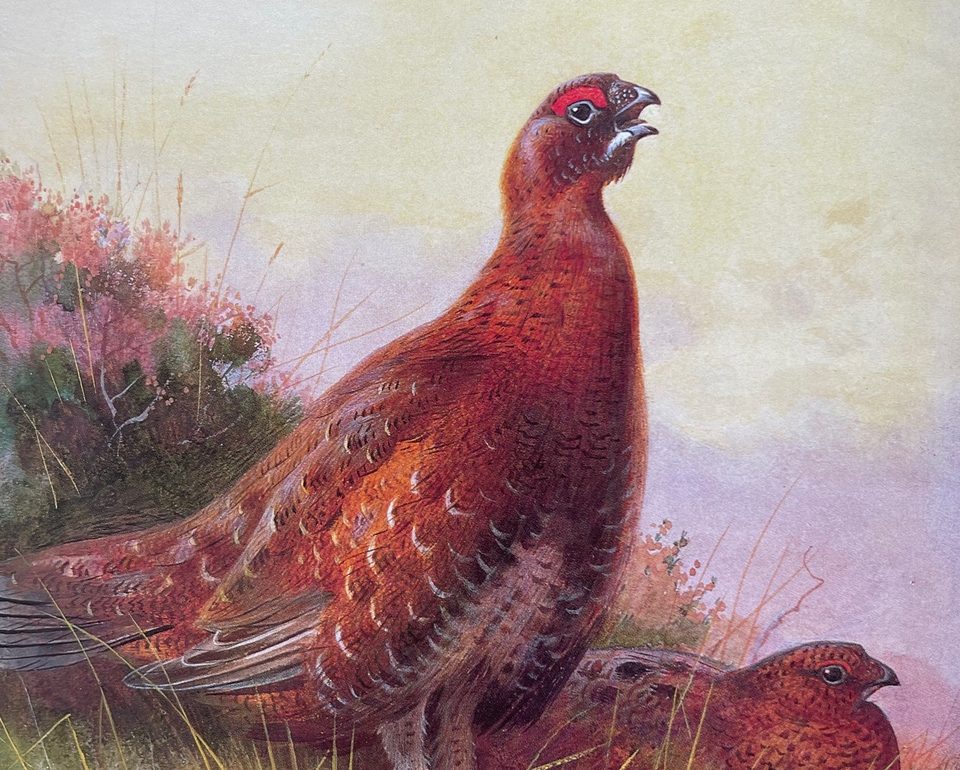
“One sunny morning a few months ago, as I stood on a mountain slope among bracken, ling, and furze, and scattered masses of grey rock, watching a small party of grouse near me, it struck me that I had never looked on a more beautiful creature than this bird: – so finely shaped and richly coloured, and proud and free in carriage, and in such perfect harmony with the rough vegetation and that wild and solitary nature amid which it exists.” This paragraph is taken from British Birds, a book written by W.H.Hudson, novelist, celebrated nature writer and one of the founders of the Royal Society for the Protection Birds. Hudson’s British Birds was first published in 1895. At the time the Red Grouse was regarded as Britain’s only endemic bird, for he goes on to explain that “to the ornithologist the grouse has another great distinction: it is the only species of bird exclusively British”.
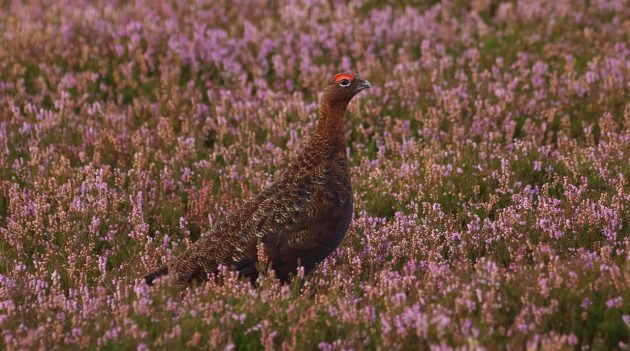
When the ground-breaking A Field Guide to the Birds of Britain and Europe was first published 70 years ago, the Red Grouse (Lagopus scoticus), was still regarded as Britain’s only endemic bird, with the Field Guide treating it as a separate species to the closely related Willow Grouse (Lagopus lagopus). There was no danger of confusing the two, for in Europe the Red Grouse was restricted to the British Isles, the Willow Grouse to Scandinavia and Northern Europe, and while the former retains its distinctive rufous-brown plumage throughout the year, the Willow Grouse has white wings, and turns completely white in winter. (Note that in recent years the Willow Grouse has been more commonly called the Willow Ptarmigan).
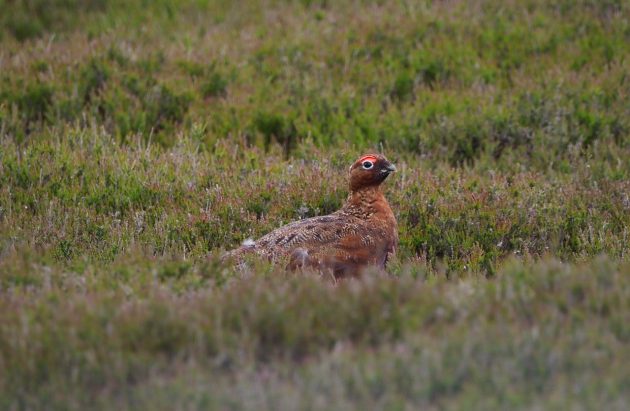
Then the taxonomists got to work, and despite the plumage differences, and subtle differences in habitat preferences, and ignoring the fact that the two birds had been isolated from each other since the Ice Age, they became lumped together as one species, Lagopus lagopus. The Red Grouse simply became a subspecies of the much more widespread Willow Grouse. It was replaced as Britain’s only endemic bird by the Scottish Crossbill, Loxia scotica. Perhaps surprisingly, all the major check lists agreed that the latter was a proper species, despite the reservations of many field observers.
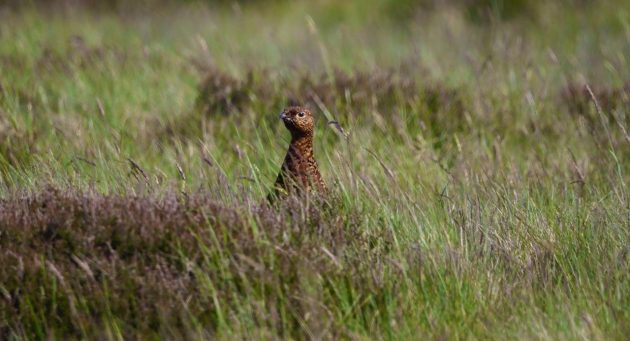
Today, however, it’s all change. The so-called Scottish Crossbill looks likely to become just a Crossbill again (the latest Collins Bird Guide has already demoted it to a mere subspecies of Loxia curvirostra), while the the International Ornithological Committee (IOC) has announced that it will recognise the split of Red Grouse and Willow Ptarmigan, with the former now set to become once again a British and Irish endemic species. The decision comes following two major papers, published in 2019 and 2022, that supported the split into two species based on genomic evidence and differences in plumage.
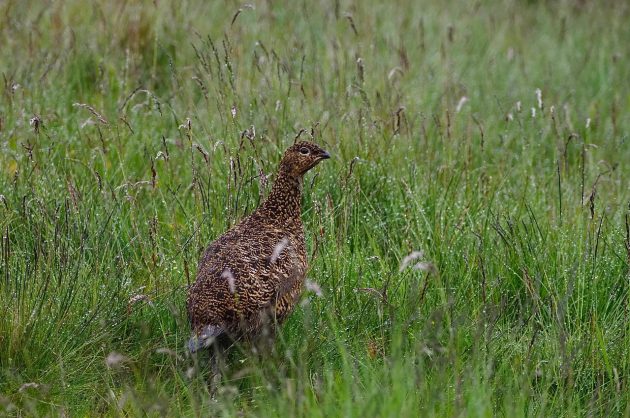
A hen Red Grouse. She lacks the cock’s distinctive red eye wattle
It would be nice to report that Britain’s Red Grouse (all 230,000 pairs of them) had celebrated the news with a big party, but they are apparently unaware of their new-found status. However, there are many people (including me) who believe that the restoration of the Red Grouse, arguably Britain’s most iconic bird, to full specific status is long overdue. Since the monthly magazine British Birds was first published in 1907 the Red Grouse has been its logo: full marks to BB for not abandoning the grouse in favour of a mere crossbill.
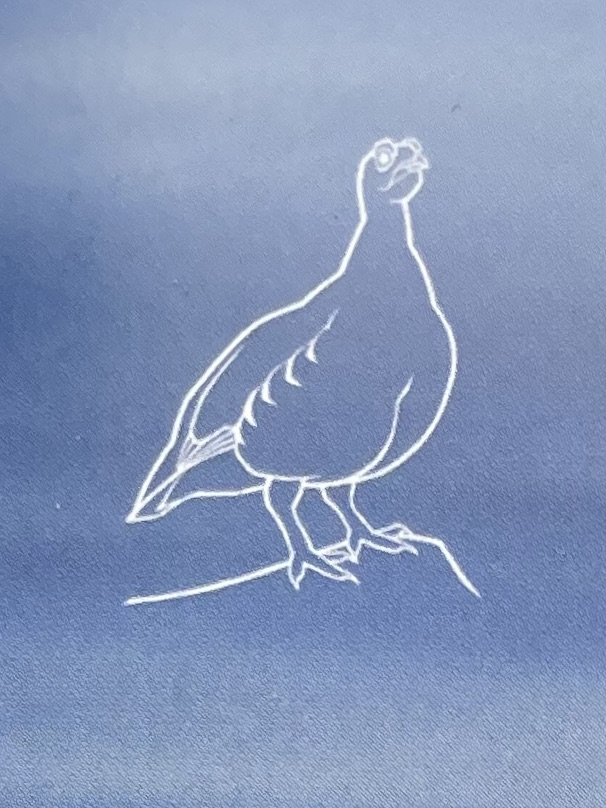
Red Grouse are, however, controversial birds, for hundreds of thousands of acres of moorland in upland Britain are managed principally for driven grouse shooting, a type of shooting where the birds are driven by beaters over the waiting guns. Driven grouse fly fast, so provide the most challenging of shooting. As a result driven grouse shooting is much in demand and very expensive. To take a day for eight guns on a good moor will cost anything between £10,000 and £20,000.
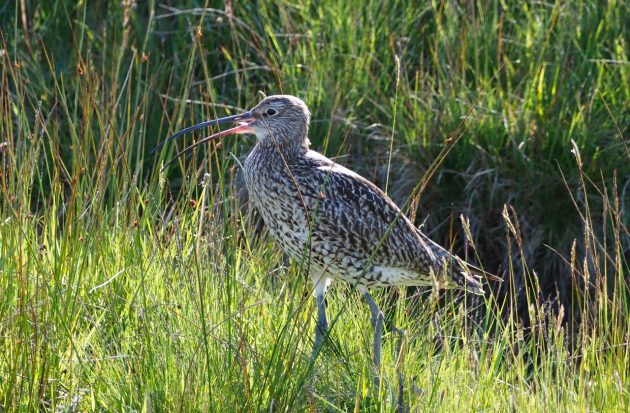
Curlews are one of several species of birds to benefit from predator control on grouse moors
The management of the moors involves controlling predators such as Foxes and Stoats, and the cyclic burning of the heather to create the optimum conditions for the grouse to thrive and produce a shootable surplus each year. Such management benefits many other ground-nesting birds, such as Golden Plover, Curlew and Merlin. However, controlling predators is controversial, and has been further tainted by gamekeepers illegally shooting Hen Harriers, which are serious predators of grouse. There are many people, including probably a majority of birdwatchers, who would like to see driven grouse shooting banned.
Whether this would be a good thing for the moors, and the birds that currently inhabit them, is doubtful, while local communities would undoubtedly suffer from loss of income.
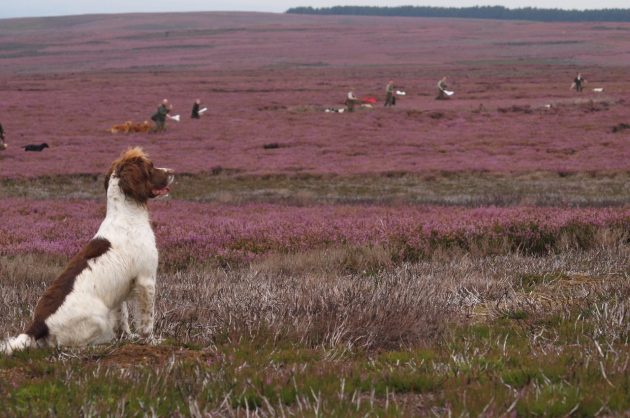
An English springer spaniel watching the beaters on a Yorkshire grouse moor
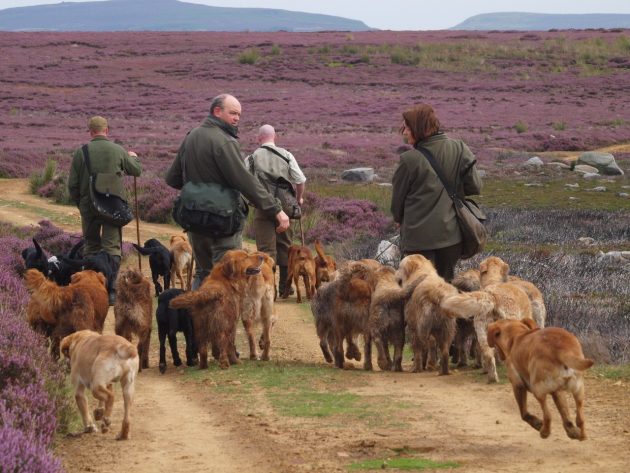
Grouse shooting is big business. These dog handlers are employed to retrieve the shot birds on a shooting day on the moor. The season opens on 12th August
According to the Game and Wildlife Conservation Trust, “grouse moor owners in England spend £52.5 million every year on moorland management” while “businesses associated with grouse shooting benefit by some £15.2 million every year. These include game dealers, accommodation providers, equipment suppliers, catering establishments and transport operators, often based in remote rural locations who depend on grouse shooting as the main economic driver outside the tourist season. Grouse moors in England support 1,520 Full Time Equivalent (FTE) jobs. 700 are directly involved with grouse moor management and a further 820 jobs in related services and industries.” That, you might note, is just England. Similar figures apply to Scotland.
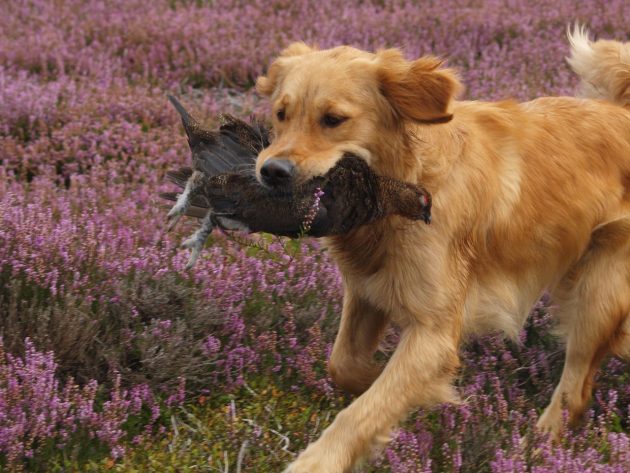
Golden retriever with a Red Grouse. The birds are highly regarded by gourmets
There’s no doubt that if driven grouse shooting were to be banned, then Britain’s grouse population would decline rapidly. Unlike Pheasants, which are reared and released in great numbers, Red Grouse are purely wild birds, which makes their appeal all the greater. A conservationist friend of mine once insisted to me that all grouse moors should be made nature reserves, and shooting stopped immediately. Ironically, this would be very bad news for what is now Britain’s only endemic bird, the magnificent Red Grouse.
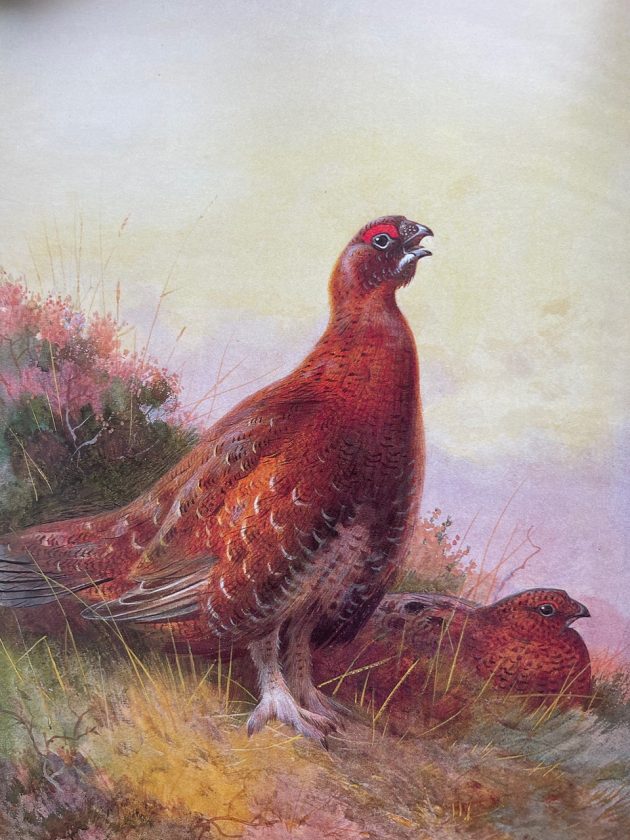
Red grouse: The Morning Call (1911). A watercolour by the celebrated British bird artist Archibald Thorburn (1860-1935). Grouse have long been a popular subject with sporting artists



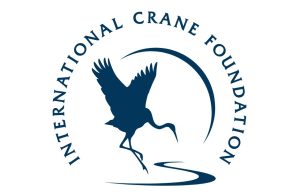
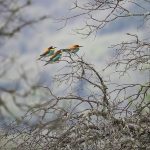
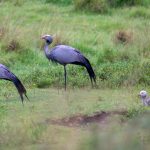
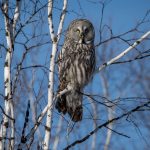


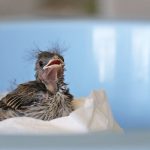
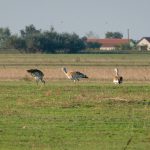
When I lived in the northeast of England, with the North Yorkshire moors on my doorstep it was very obvious that the land management for grouse was beneficial. Non-grouse moors were covered in bracken. Managing land for a sustainable harvest of game is counter-acting that one threat all our birds are facing: detrimental change of land use. The hunt itself may not win any prizes but it has positive effects beyond the cost as Dave rightly points out – with facts and numbers no less. Of course, if you are one of the grouse that gets shot you are entitled to a very different opinion. To those grouse I’d say: migrate across the Med and witness some very different “hunting”…